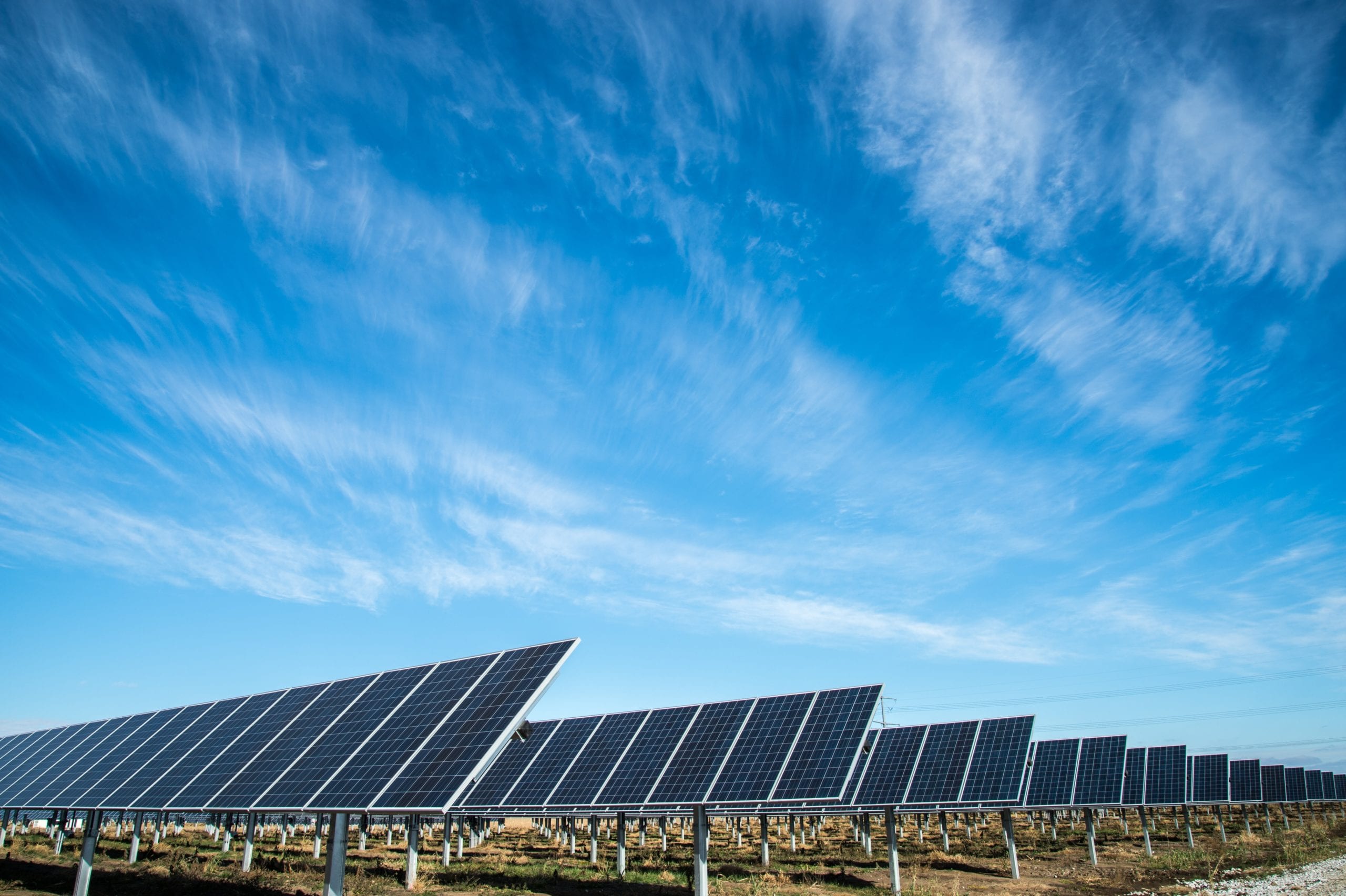
The intention of using ceiling fans is to conserve energy. But there are three ways that ceiling fans frequently cause people to waste energy and money. The most common wasteful infraction is leaving the ceiling fan on when no one is in the room. Ceiling fans cool by moving air across the skin. If there is no skin in the room it cannot work. And, in fact, the fan motor is adding heat to a room. In a recent article on Greenbuildingadvisor.com Carl Seville indicated that fan motors can exceed 100 degrees when running. But a quality Energy Star fan will run much cooler. We recommend using Energy star fixtures and appliances whenever possible.
The second way that a fan can cause energy waste is if the thermostat is not adjusted up. Ceiling fans should allow you to adjust your temperature up by about two degrees, which will reduce cooling costs in College station and Bryan by about 14%. If you do not do that, you are just increasing your energy bill by using the fans. If the temperature is set for people in the kitchen where there is no ceiling fan, then you should not run the fans in the other rooms. This becomes a design strategy that involves the zoning of the AC system and the placement of fans. For many families the optimal plan is to put fans in the bedrooms and only run them at night when people are sleeping. The thermostat should be programmed to raise the temperature at that time. Whether you are remodeling or building a custom home or just doing repairs, it is wise to design for energy savings.
The third way that people waste energy with their ceiling fans is by not having them set in the right direction. They should blow down in summer and up in the winter. While this will not completely negate the impact of the fan it will greatly diminish its benefit.










